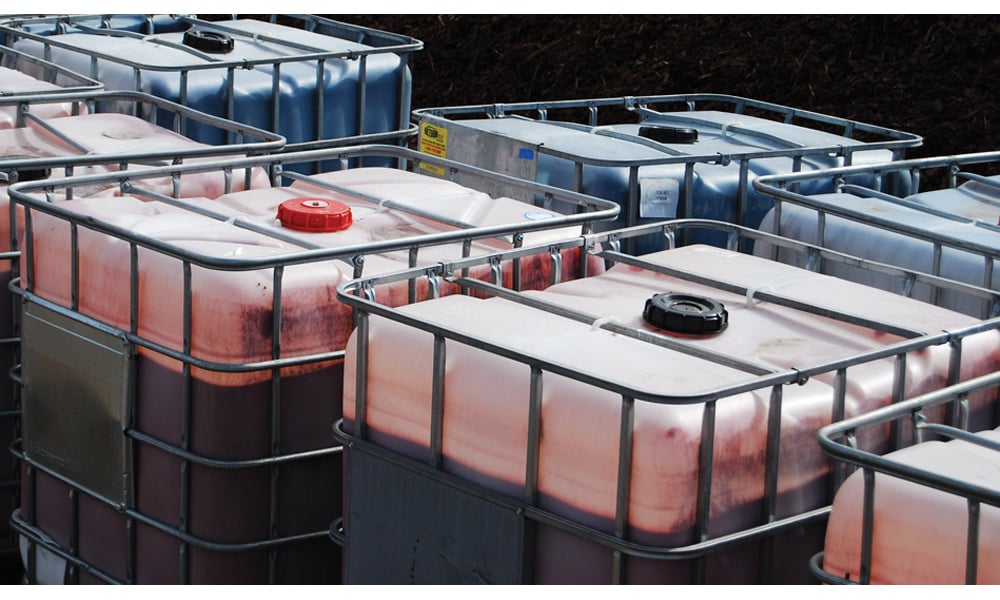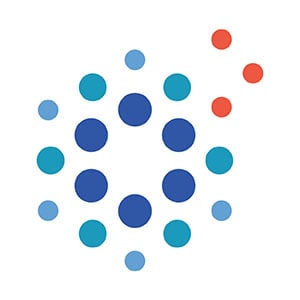 Managing any business can feel like you’re trying to juggle 100 bowling balls at once. From devising sales strategies and marketing plans to managing daily operations, there are a lot of things you need to keep your eye on to ensure success. But for mulch producers, there’s one process in particular that could make or break your company’s profitability: proper system calibration. Let’s look at why having exactly the right amount of water and colorant in your coloring system can make the difference in keeping your company in the black.
Managing any business can feel like you’re trying to juggle 100 bowling balls at once. From devising sales strategies and marketing plans to managing daily operations, there are a lot of things you need to keep your eye on to ensure success. But for mulch producers, there’s one process in particular that could make or break your company’s profitability: proper system calibration. Let’s look at why having exactly the right amount of water and colorant in your coloring system can make the difference in keeping your company in the black.
The importance of proper calibrations
Color system calibrations are a critical part of maintaining profitability for your colored mulch operation. This very basic practice has many variables that fluctuate independently, and all are critical to maintaining the accuracy you need in your operation. The key is to make sure you are measuring and controlling these variables correctly, because despite their importance, too many mulch producers still don’t dedicate the time necessary to get it right. And getting it right starts with using the right amount of water.
In all major mulch coloring systems, water is the vehicle that carries the colorant over the surface of the wood. The water later dries, and the colorant bonds to the wood. Using too much water in the coloring process has a number of negative effects besides just transportation cost. Mold and fungus growth can be accelerated by the presence of extra moisture. The finished product drying, or curing time, is directly related to water use rates. And the “spring wash” issue we all face from time to time can be attributed, in some way, to excessive water use rates. So, it’s critical you get the ratio right.
Adjusting your water flow rate
While a water flow meter will tell you how much water you’re using, you should make adjustments based on the visual characteristics of the finished product, not the meter. Your goal should be to produce a 100% covered product using as little water as possible.
 If the material coming out of your coloring system is not fully covered, or has some uncolored pieces, this is your prompt to turn the water up. Increase the water flow in small increments (3 to 5 gallons of water per minute) until the finished product is fully colored.
If the material coming out of your coloring system is not fully covered, or has some uncolored pieces, this is your prompt to turn the water up. Increase the water flow in small increments (3 to 5 gallons of water per minute) until the finished product is fully colored.
If the product coming out of your mulch coloring equipment is fully covered, you should make downward adjustments to maximize profitability. Decrease the water flow rate in small increments (still 3 to 5 gallons of water per minute) until you begin to see some uncolored wood particles. At this point, you have taken too much water out of the process. Turn the water up slightly and you should realize a 100% covered finished product. Making these adjustments will ensure that you are making an acceptable finished product and maximizing profitability by using as little water as possible.
Adjusting your colorant application rate
To keep your company profitable, you need to optimize your production rate. This involves measuring both the water and colorant flow rates to match the desired application rate. But this becomes tricky for mulch producers when changing color shades as the weight of the colorant can vary by shade as much as five pounds per gallon. If you were to use the same colorant pump speed settings for two different shades with such widely different weights, it can cause the application rate to change by over a pound per yard. This could obviously have a tremendous impact on your profitability, and just as important, it will ultimately impact the performance of the finished product.
For help calibrating your system, or if you have any other mulch colorant needs, contact our wood mulch fiber industry professionals. Our experts can use their field experience and intimate knowledge of the mulch coloring processes to help you in meeting your targeted colorant application rates, as well as the critical water adjustments needed during the coloring process. So, whether you’re well-established or newer to the industry, you can produce the best quality, most consistently performing finished product and stay as profitable as possible season after season.
Want to make your mulch business more profitable? Contact ChromaScape's wood mulch fiber landscape experts today or request a sample of our unique Amerimulch colorant products.
Be sure to follow us on Facebook, LinkedIn and Instagram so you can stay in the loop with more insights like these.
Topics: mulch colorant, increase profitability


